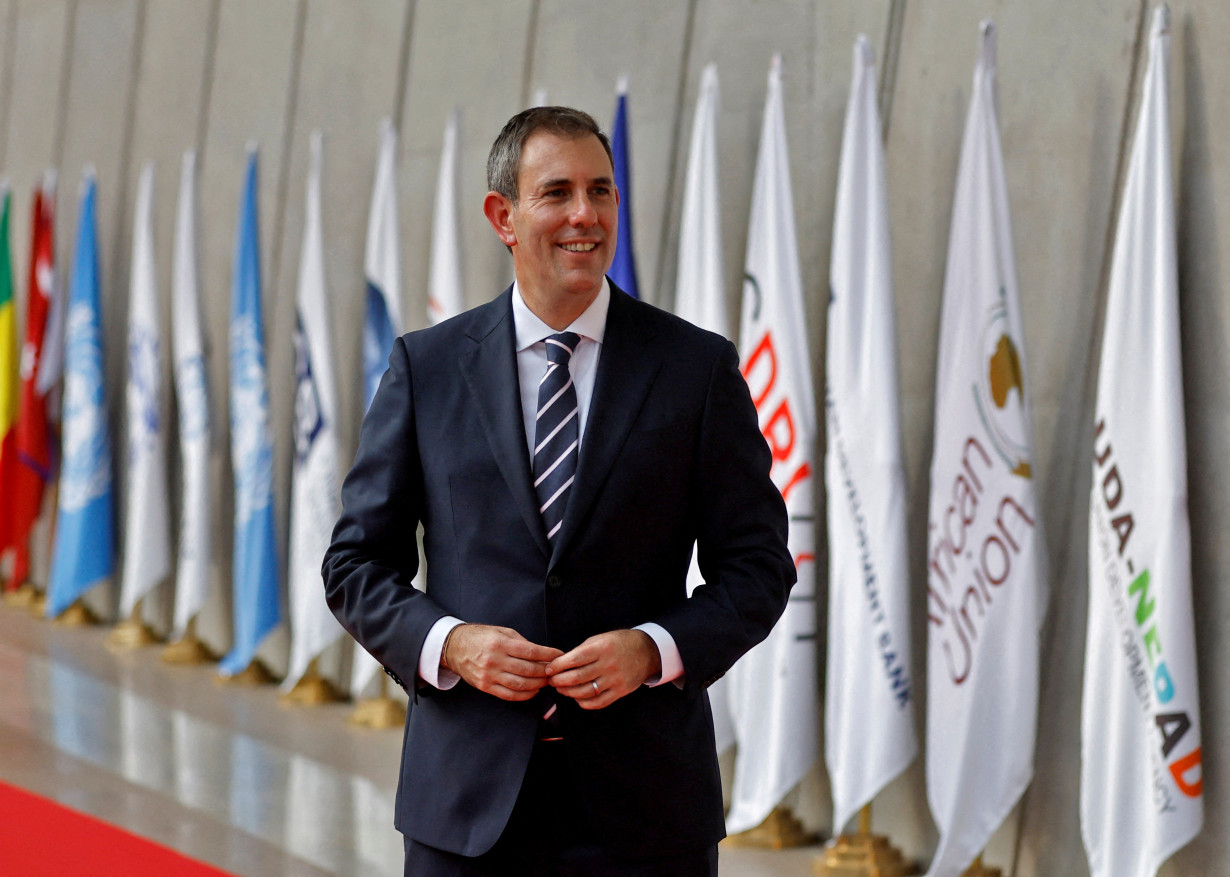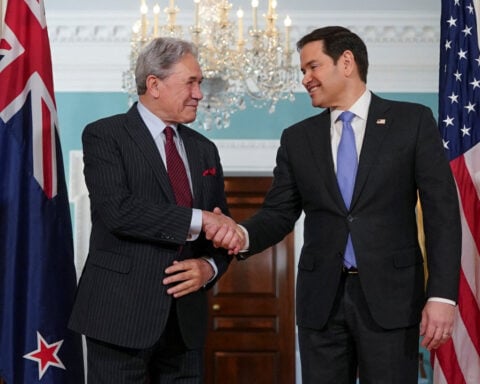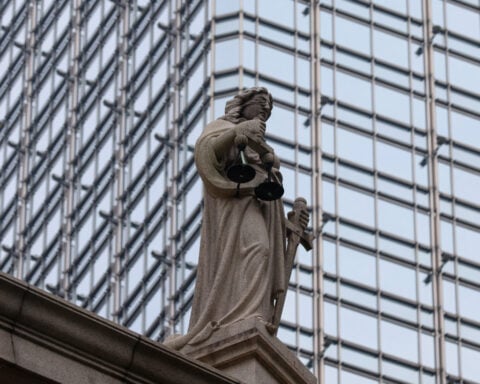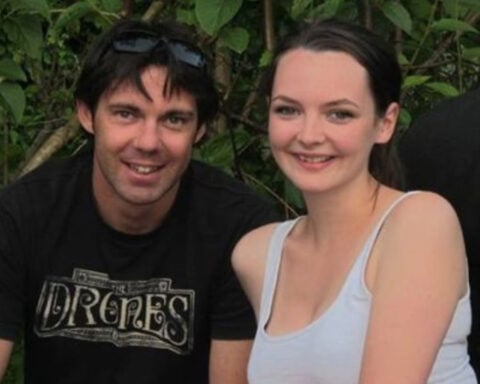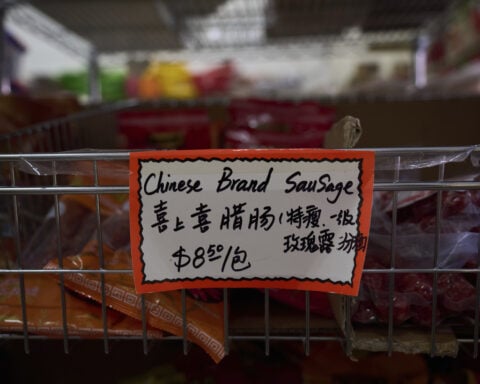SYDNEY (Reuters) -Australia will be able to manage the direct impact of U.S. President Donald Trump's tariffs but economic growth will take a hit as the global economy slows, Treasurer Jim Chalmers said on Monday.
"We expect more manageable impacts on the Australian economy, but we still do expect Australian GDP to take a hit and we expect there to be an impact on prices here as well," he said in a press conference.
A Treasury analysis showed on Monday the impact from U.S. tariffs and countermeasures from China - Australia's biggest trading partner - would take the level of real gross domestic product this year 0.1% lower compared with the current expectations.
It would also add 0.2 percentage points to inflation.
Chalmers said the government expected U.S. and Chinese growth to take "big hits" as a result of the trade war triggered by Trump's tariff regime. It estimated Chinese GDP will be 0.6% lower this year compared with the current expectations, reflecting the tariff changes.
"Our Treasury is not expecting the Australian economy to go backwards. In fact, what we are forecasting... is for growth to continue to gather pace," said Chalmers. Australia is banking on an expected pickup in consumer spending thanks to slowing inflation and government tax cuts.
Concerns about the Chinese economy had already sent the Australian dollar below 60 cents for the first time since the COVID-19 pandemic, he added. The Aussie steadied at $0.6020 on Monday.
Australian shares fell 4% on Monday to the lowest in over a year, although that is shallower than falls seen elsewhere. Australian miners of heavy rare earths even rallied.
Chalmers said he has spoken with Michele Bullock, governor at the Reserve Bank of Australia, to compare notes on their expectations.
The RBA held interest rates steady last week but the meeting was dominated by discussions of global risks.
It is still waiting on data to see if inflation will return sustainably to the target band of 2-3%, wary that the surprising strength in the labour market would stoke inflationary pressures.
The market rout, however, had traders betting there is a 20% probability that the RBA could cut by an outsized 50 basis points in May. A total of four quarter-point rate cuts have been priced in for all of this year.
(Reporting by Christine Chen and Stella Qiu in SydneyEditing by Alasdair Pal and Lincoln Feast.)

 Trump has begun another trade war. Here's a timeline of how we got here
Trump has begun another trade war. Here's a timeline of how we got here
 Canada's leader laments lost friendship with US in town that sheltered stranded Americans after 9/11
Canada's leader laments lost friendship with US in town that sheltered stranded Americans after 9/11
 Chinese EV giant BYD's fourth-quarter profit leaps 73%
Chinese EV giant BYD's fourth-quarter profit leaps 73%
 You're an American in another land? Prepare to talk about the why and how of Trump 2.0
You're an American in another land? Prepare to talk about the why and how of Trump 2.0
 Chalk talk: Star power, top teams and No. 5 seeds headline the women's March Madness Sweet 16
Chalk talk: Star power, top teams and No. 5 seeds headline the women's March Madness Sweet 16
 Purdue returns to Sweet 16 with 76-62 win over McNeese in March Madness
Purdue returns to Sweet 16 with 76-62 win over McNeese in March Madness
